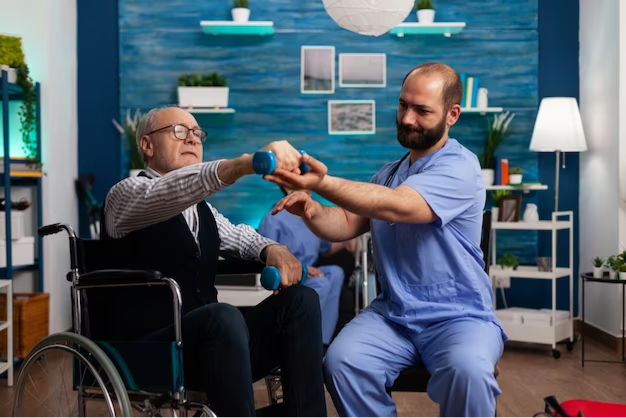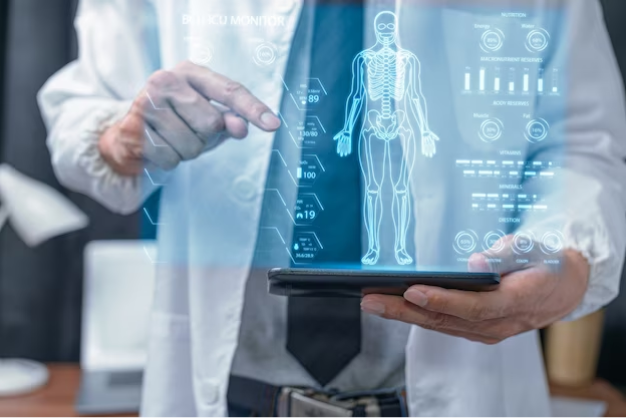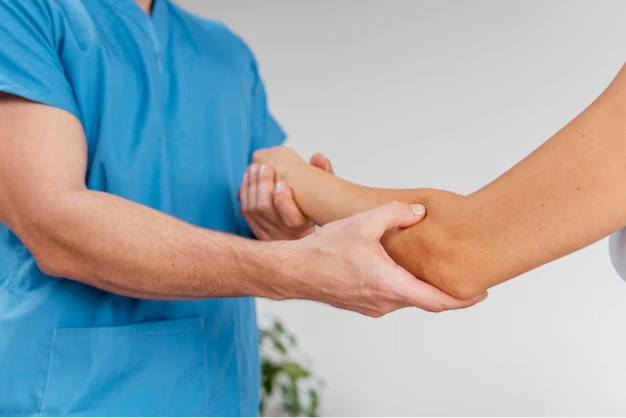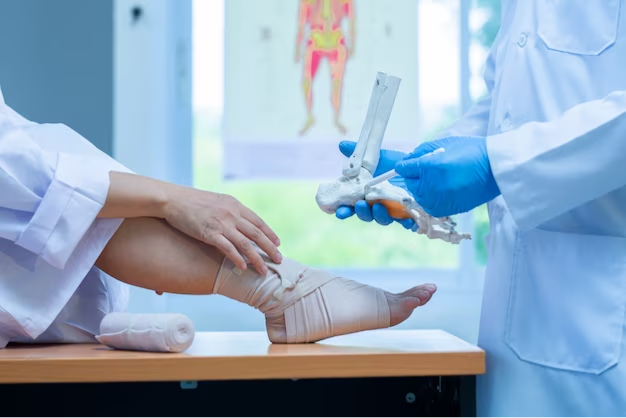
Orthopaedics, Joint Replacement and Arthroscopy
Aging Gracefully: Orthopedic Care for Seniors
December 2023
Orthopaedics, Joint Replacement and Arthroscopy

In the ever-evolving landscape of healthcare, technology is playing a significant role in improving patient outcomes and transforming the way medical professionals diagnose and treat orthopedic conditions. The integration of Artificial Intelligence (AI) and robotics into orthopedic practices has revolutionized the field, offering more precise, efficient, and personalized treatments. In this article, we'll explore the groundbreaking impact of AI and robotics on orthopedic care and how they are reshaping the future of musculoskeletal treatment.
The Role of AI in Orthopedics
Artificial Intelligence is revolutionizing the practice of orthopedics in several ways:
- AI-powered software can analyze medical images, such as X-rays and MRIs, with exceptional accuracy. This technology helps in detecting even the subtlest abnormalities that might be missed by human eyes.
- It assists in diagnosing orthopedic conditions like fractures, osteoarthritis, and joint degeneration at an earlier stage, enabling early intervention and treatment.
- AI algorithms can process patient data, including medical history and genetic factors, to create personalized treatment plans for orthopedic conditions.
- This technology helps orthopedic specialists recommend more suitable therapies, such as customized physical therapy regimens and medication management.
- AI is increasingly being used for pre-surgical planning, allowing surgeons to simulate procedures, identify potential complications, and optimize the surgical approach.
- During surgery, real-time AI assistance provides guidance, ensuring precise implant placement and alignment.
- AI-driven monitoring tools enable continuous post-operative assessment. These tools help track recovery progress, alerting healthcare providers to any anomalies.
- Patients can receive personalized guidance and exercise regimens through AI-powered mobile apps for faster recovery.
The Advancements in Robotics
The integration of robotics into orthopedic practices is another game-changer:
- Robotic systems, such as the da Vinci Surgical System, are now used in orthopedic surgery to enhance precision and reduce the risk of complications.
- Surgeons can perform intricate procedures with improved accuracy and control, minimizing damage to surrounding tissues.
- Exoskeletons and robotic devices are assisting patients in regaining mobility and strength after orthopedic surgeries or injuries.
- These devices offer support during physical therapy and rehabilitation, accelerating recovery.
- Advancements in the development of artificial joints have led to more durable and natural-feeling joint replacements.
- These joints often incorporate robotic technology to ensure optimal fit and alignment, resulting in improved patient outcomes.
The Future of Orthopedic Care
The adoption of AI and robotics in orthopedics is reshaping the future of musculoskeletal treatment:
AI and robotics are changing the landscape of orthopedic care, making it more precise, efficient, and patient-focused. These technologies are revolutionizing diagnostics, surgical procedures, and post-operative care, ultimately improving the lives of patients with musculoskeletal conditions. As AI and robotics continue to evolve, orthopedics will undoubtedly see even more breakthroughs, and patients can look forward to a future of more effective and personalized orthopedic care.

Orthopaedics, Joint Replacement and Arthroscopy
December 2023

Orthopaedics, Joint Replacement and Arthroscopy
December 2023

Orthopaedics, Joint Replacement and Arthroscopy
December 2023